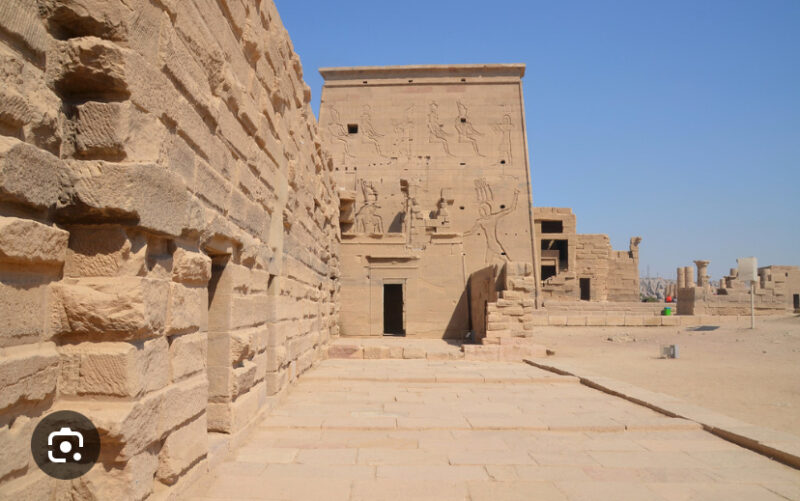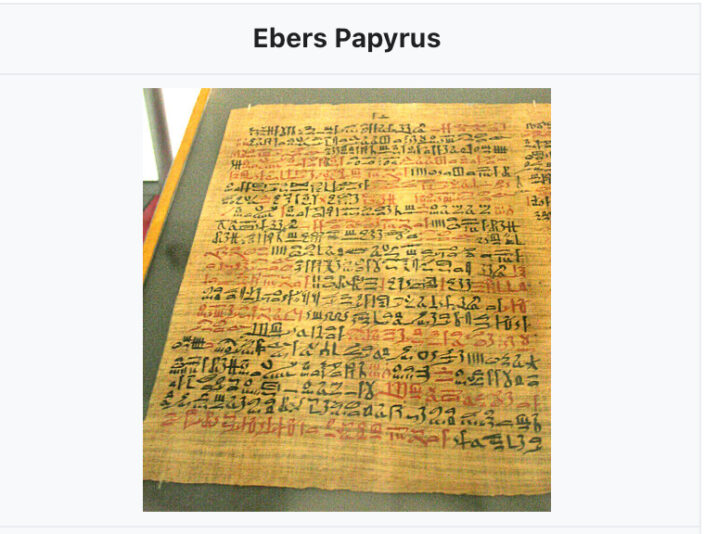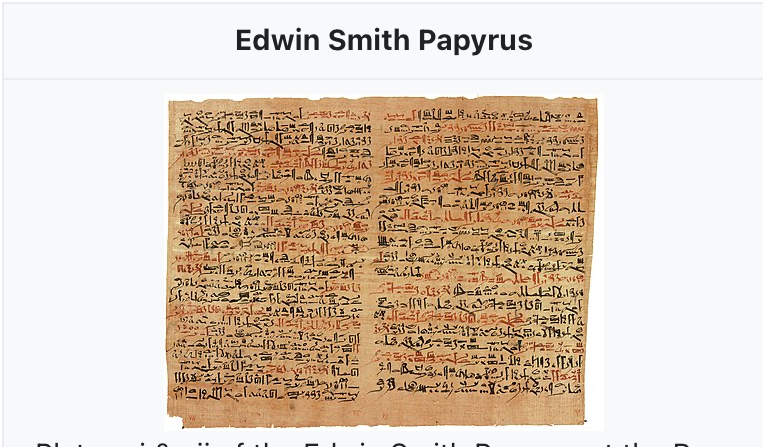-
Medicine in Kemet
“(a) The first treatise on cardiology: The Ebers Papyrus, which dates from the ninth year of the reign of Amenophis I (1557 – 1530 BC), contains theoretical reflections on the problems of life and health. Paragraph 854a states the anatomy and physiology of the heart, showing precisely that the Egyptians had a clear notion of arterial vascularisation and of the whole circulatory system. Egyptian doctors could take the pulse in a precise and general manner. Cardiac pathology had also naturally attracted the attention of Egyptian doctors: paragraph 855 of the Ebers Papyrus notes the state of cardiac deficiency and its hepatic and pulmonary repercussions. The circulation of the blood from the heart to the periphery was known to the Egyptians” (Obenga, 1992, p. 74).
“(b) The first treatise on general and bone surgery of mankind: it is the Edwin Smith Papyrus, which dates from the beginning of the eighteenth dynasty (1567 BC) — the Book of Wounds — contains the study of forty-eight surgical cases of wounds and lesions, from head to toes, following a most rigorous method: formal name or informal name (of the complaint under discussion), examination or observation, diagnosis, prognosis, treatment. The surgeons of ancient Egypt were able to establish anatomical links between the effects of the central system and the peripheral effects, thence identifying the unity of innervation (between the central and peripheral nerves)” (Obenga, 1992, p. 74).
“Homer (c. 850 BC) shamelessly praised Egypt as the country ‘where the doctors are the first scientists of the world’ (The Odyssey, IV, 231). The most learned doctors in the world, in antiquity (Mesopotamia, Phoenicia, lands of the Hittites, Greece, Persia, etc.), were to be found in Egypt where Hippocrates (c. 460 – 377 BC) and Galen (c. 132 – 201 BC) had consulted Egyptian medical works in the temple of Imhotep in Memphis” (Obenga, 1992, p. 74).
Reference:
Obenga, T. (1992). Ancient Egypt & Black Africa: A student’s handbook for the study of ancient Egypt in philosophy, linguistics and gender relations. (A.S. Saakana & G. Pitchford, Eds.). (A. Sheikh, Trans.). Karnak House.






